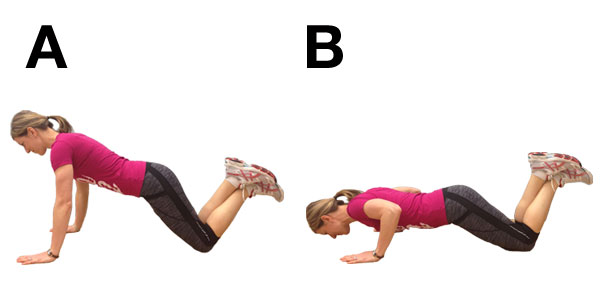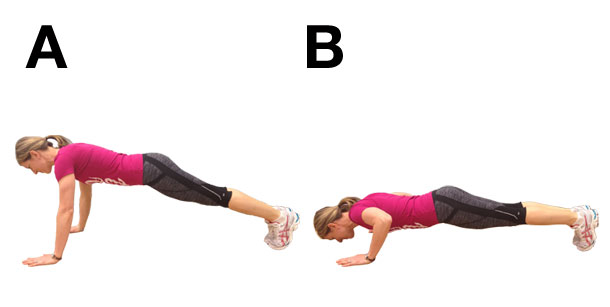
Several tests can be done at home that will allow you to assess the various determinants of your physical fitness, among which are your aerobic capacity, muscular strength and endurance, flexibility and percentage of body fat. Today, I suggest you measure your muscular endurance, in movement. You’re surely interested in knowing that there is a direct relationship between your level of musculoskeletal fitness and your health. So it’s in your best interests to develop this quality, starting with an assessment!
The two tests I suggest here measure the endurance of your abdominal and arm muscles. You’ll be performing partial sit-ups and arm extensions (push-ups), so you’ll need an exercise mat or a relatively comfortable surface.
The results interpretation tables present the Canadian Society for Exercise Physiology standards for the general population. You should aim for the “Good” category to be in the “healthy zone”. Aim for the “Very good” and “Excellent” categories for optimal fitness!
IT’S TIME TO MEASURE YOUR MUSCULAR ENDURANCE!
Partial sit-up test
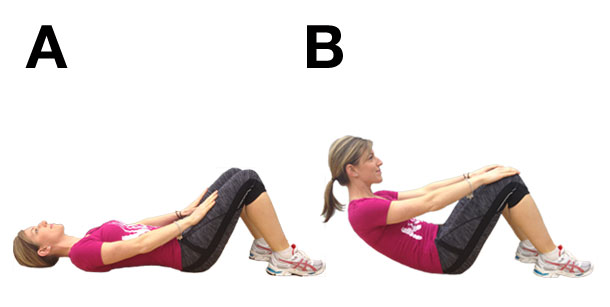
- Lie down, on the floor, on your back, legs bent and feet flat.
- Place your hands on your upper thighs, arms extended.
- Slowly raise your spine off the floor, starting with your head and shoulders. Let your hands slide up your thighs and when they reach your knees, return to the starting position.
- Perform as many consecutive sit-ups as possible at a tempo (rate of speed) of about one sit-up every two seconds (one second up and one second down), non-stop.
- Record the maximum number you were able to do properly, at an adequate speed, then refer to the results interpretation table to determine the category you fall into.
Results Interpretation Table
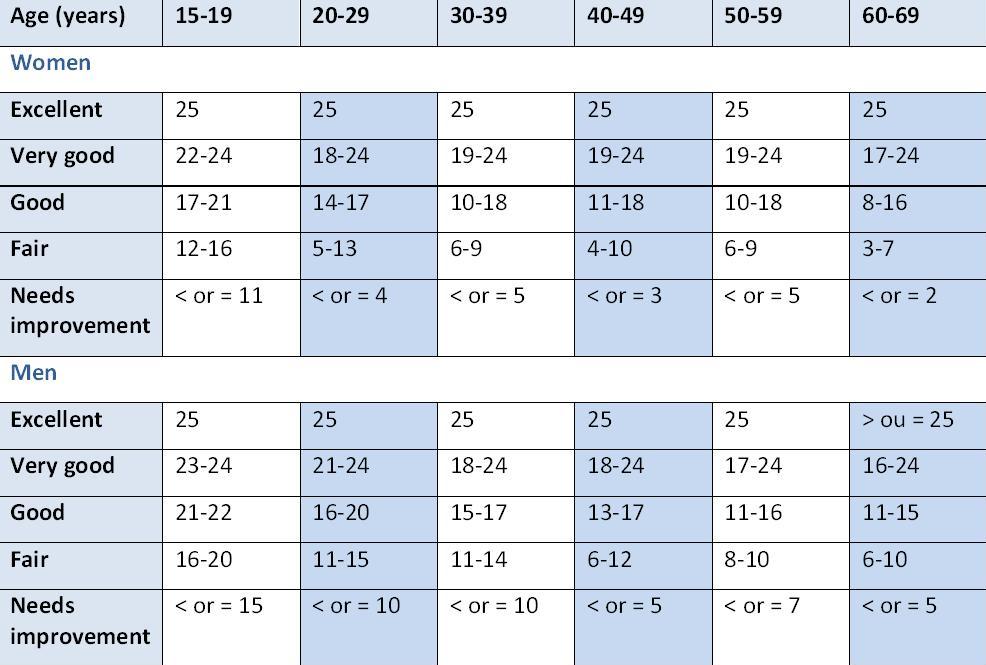
Arm extension test (push-ups)
- Lie down on your stomach, on the floor.
- Place your hands flat on the floor at chest level, directly under your elbows. Ladies, you will do your push-ups on your knees. Gentlemen, you will do your push-ups on your toes.
- Start to extend your arms fully. One push-up involves straightening the arms (elbow extension) then bending the arms (elbow flexion) until your nose almost touches the floor. The upper body must stay in a straight line. Avoid letting your hips sag when doing the push-up.
- Do as many consecutive push-ups as possible at a rate of about one push-up per two seconds (raise the upper body or straighten the arms in one second and lower the upper body or bend your elbows in one second), non-stop.
- Record the maximum number of arm extensions you performed properly and, using the results interpretation table, determine the category you fall into.
Results Interpretation Table
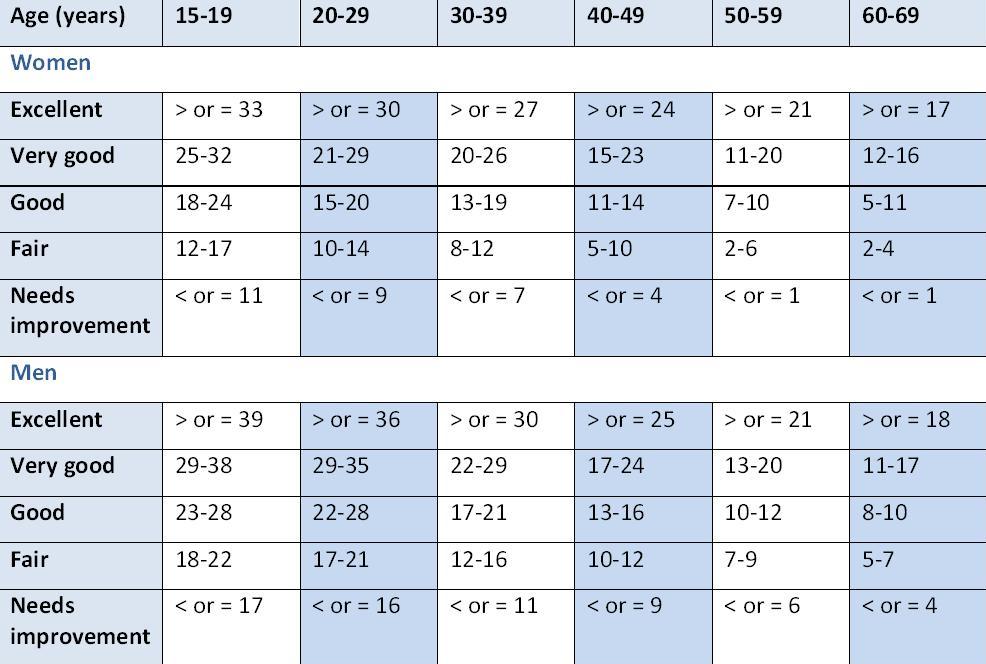
These tests only partially measure your level of fitness. It’s possible that you won’t be able to perform a single sit-up or push-up. Don’t overreact; just consider it a wake-up call for taking appropriate measures to improve your muscular endurance. By fitting muscular exercises into your training regimen, you will help improve your muscular strength and endurance. You’ll see how quickly you can build those two fitness determinants. Get started!
Measure your muscular endurance is a post from Nautilus Plus. The Nautilus Plus blog aims to help people in their journey to fitness through articles on training, nutrition, motivation, exercise and healthy recipes.
Copyright © Nautilus Plus 2013
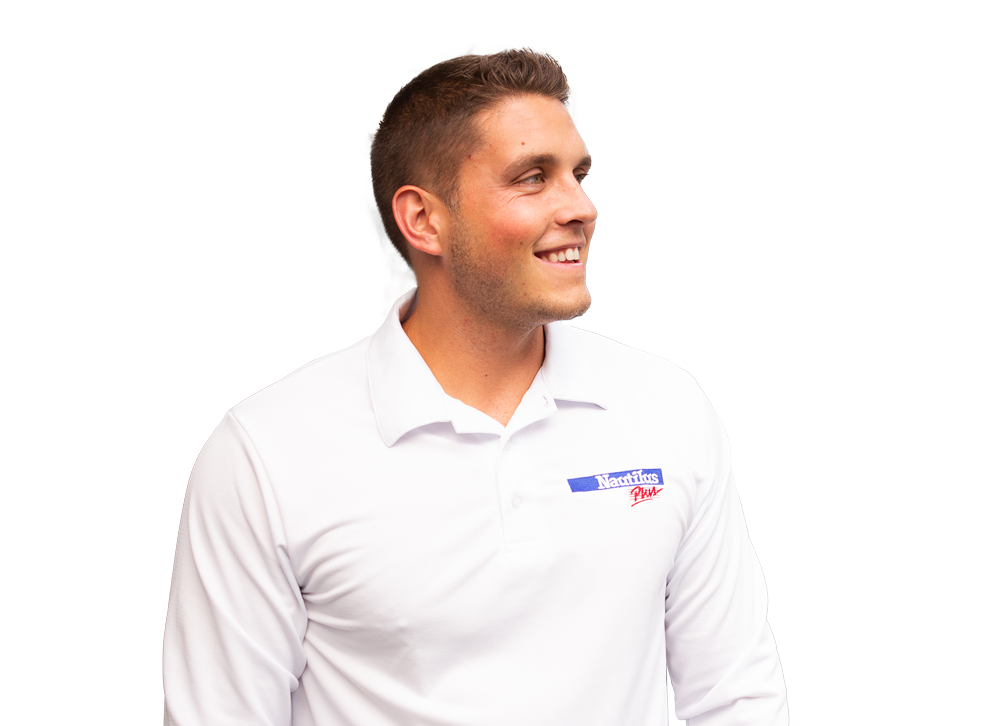
A session with a personal trainer will help you to progress!

Let's determine your fitness goals together and get some expert advice!
Make an appointment with a personal trainer
